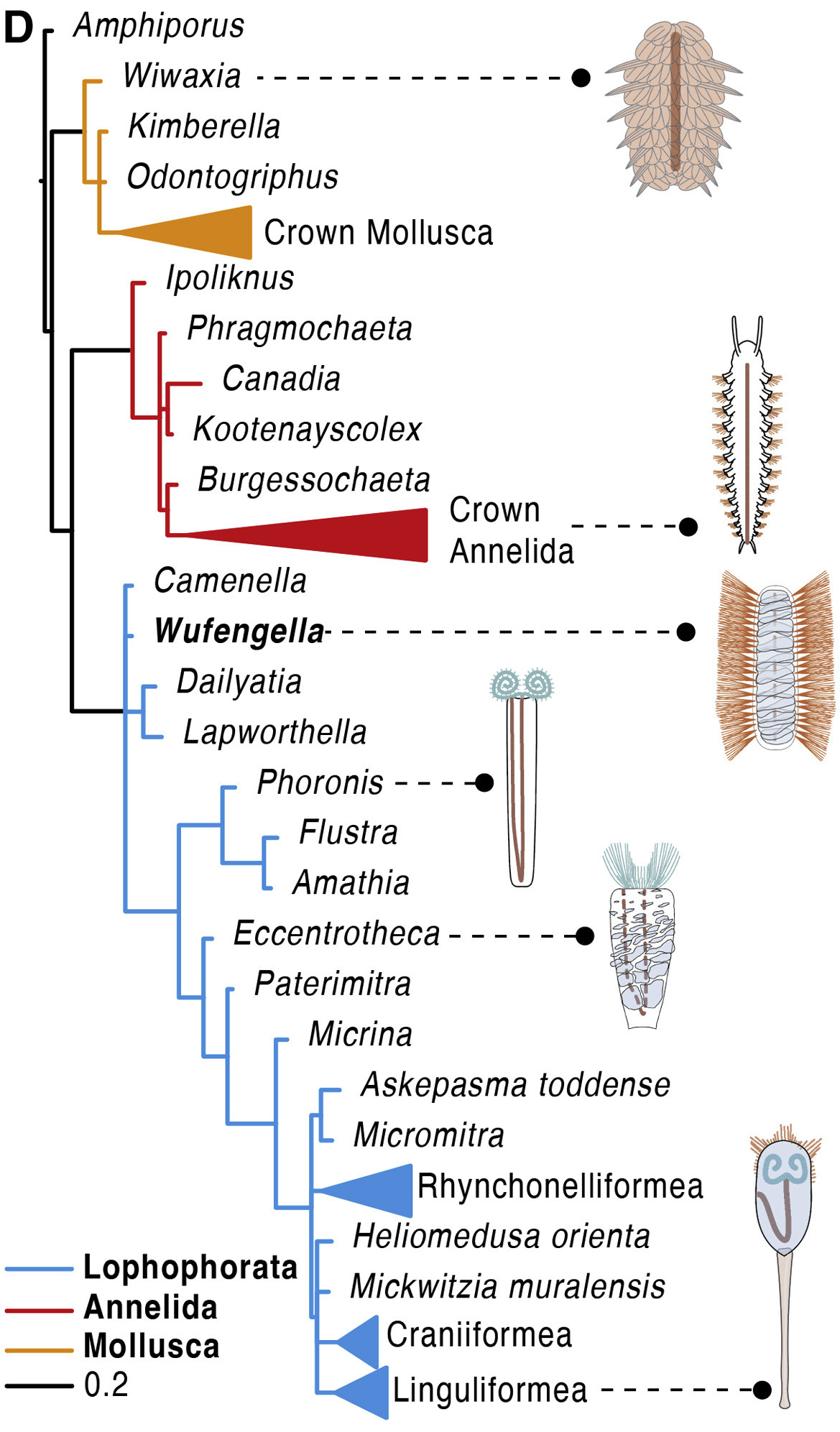Tommotiids on:
[Wikipedia]
[Google]
[Amazon]
 Tommotiids are an extinct group of
Tommotiids are an extinct group of
 Tommotiids are an extinct group of
Tommotiids are an extinct group of Cambrian
The Cambrian Period ( ; sometimes symbolized C with bar, Ꞓ) was the first geological period of the Paleozoic Era, and of the Phanerozoic Eon. The Cambrian lasted 53.4 million years from the end of the preceding Ediacaran Period 538.8 million ...
invertebrates thought to be early lophophorates
The lophophore () is a characteristic feeding organ possessed by four major groups of animals: the Brachiopoda, Bryozoa, Hyolitha, and Phoronida, which collectively constitute the protostome group Lophophorata.Bryozoa, Brachiopoda, and Phoronida).
The majority of tommotiids are mineralised with calcium phosphate rather than calcium carbonate. although silicified examples hint that some species bore carbonate or carbonaceous sclerites.
''
Micrina
''Micrina'' is an extinct genus of tommotiids with affinities to brachiopods.
''Micrina'' can be considered a stem group brachiopod based on its larval shell
Its microstructure is very brachiopod like and its adult morphology is similarly bival ...
'' and '' Paterimitra'' possess bivalved shells in their larval phases, which preserve characters that might position them in the Linguliformea and Rhynchonelliformea stem lineages respectively. This would indicate that the brachiopod shell represents the retention of a larval character.
For a long part of their history, the tommotiids were only known from disarticulated shells - a complete organism had not been found. The 2008 discovery of ''Eccentrotheca
''Eccentrotheca'' is a genus of "tommotiid" known from Cambrian deposits. Its sclerites form rings that are stacked to produce a widening-upwards conical scleritome. Individual plates have been homologized with the valves of brachiopods, and a r ...
'' offered the first insight into a complete organism, and permitted a reconstruction of the animal as a sessile, tube-like animal made up of a spiral of overlapping plates. Articulated specimens of '' Paterimitra'', discovered a year later, suggest a similar form and lifestyle - it is possible that many tommotiids need redescribing as sessile tube-dwellers.
However, the discovery of the articulated camenellan ''Wufengella
''Wufengella'' is a genus of extinct camenellan " tommotiid" that lived during the Early Cambrian ( Stage 3). Described in 2022, the only species ''Wufengella bengtsonii'' was discovered from the Maotianshan Shales of Chiungchussu (Qiongzhusi) F ...
'' showed that it was a free-living worm-like animal, suggesting that it was not a crown-group lophophorate, as the last living common ancestor of all living lophophorates has been predicted to be sessile, as bryozoans, brachiopods and phoronids are. This indicates that tomotiids are paraphyletic
In taxonomy (general), taxonomy, a group is paraphyletic if it consists of the group's most recent common ancestor, last common ancestor and most of its descendants, excluding a few Monophyly, monophyletic subgroups. The group is said to be pa ...
, with some tomotiids more closely related to bryozoans, brachiopods and phoronids than to other tomotiids.
These discoveries have produced an alternative model for the origin of the brachiopods; it suggested that they evolved by the reduction of sessile tube-like organisms, until only two shells were left. This contrasts with the brachiopod fold hypothesis which suggests that they formed by the folding of a halkieriid-like organism.
Taxonomy
Five families are recognized:References
{{Taxonbar, from=Q7819141 Cambrian invertebrates Lophophorata